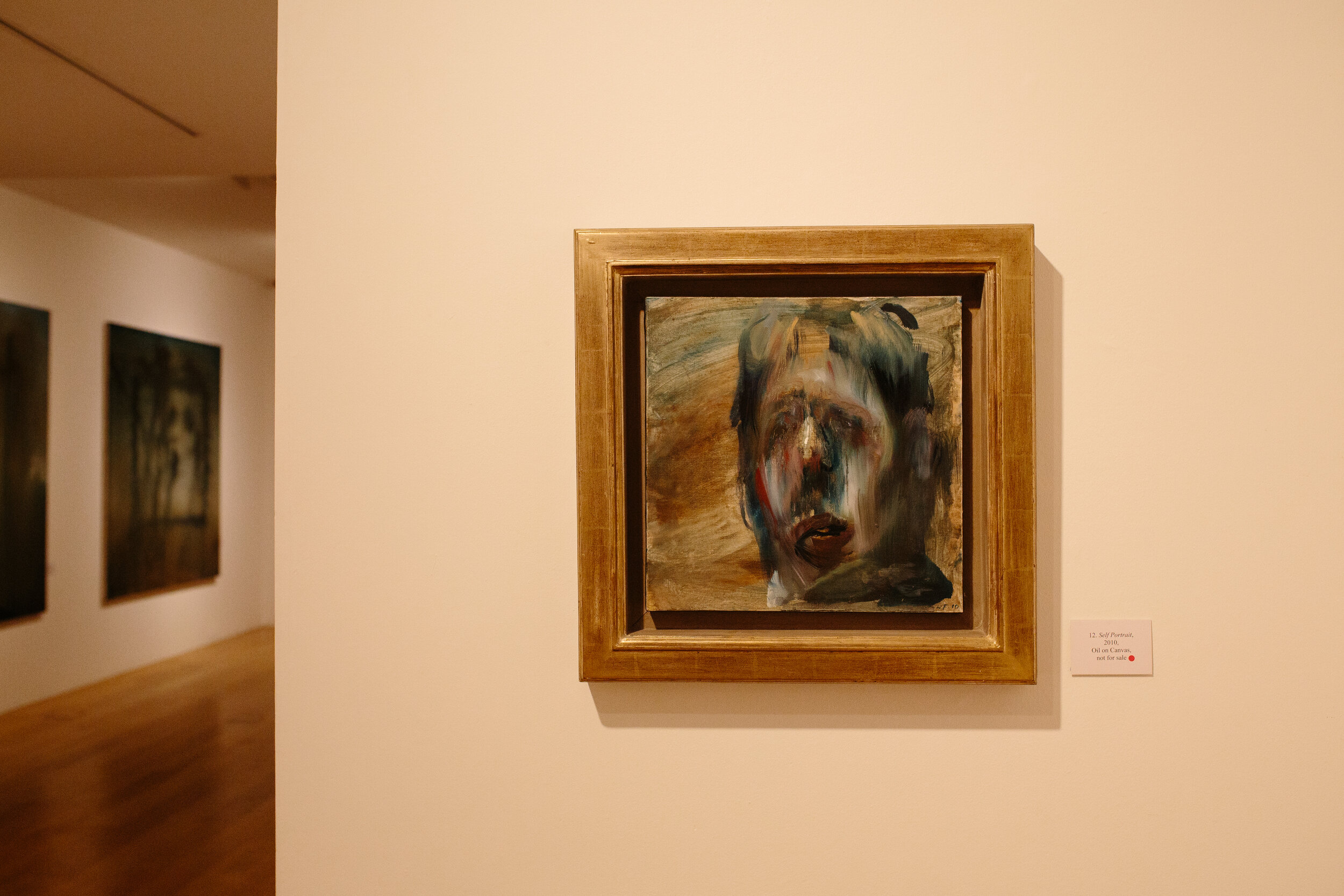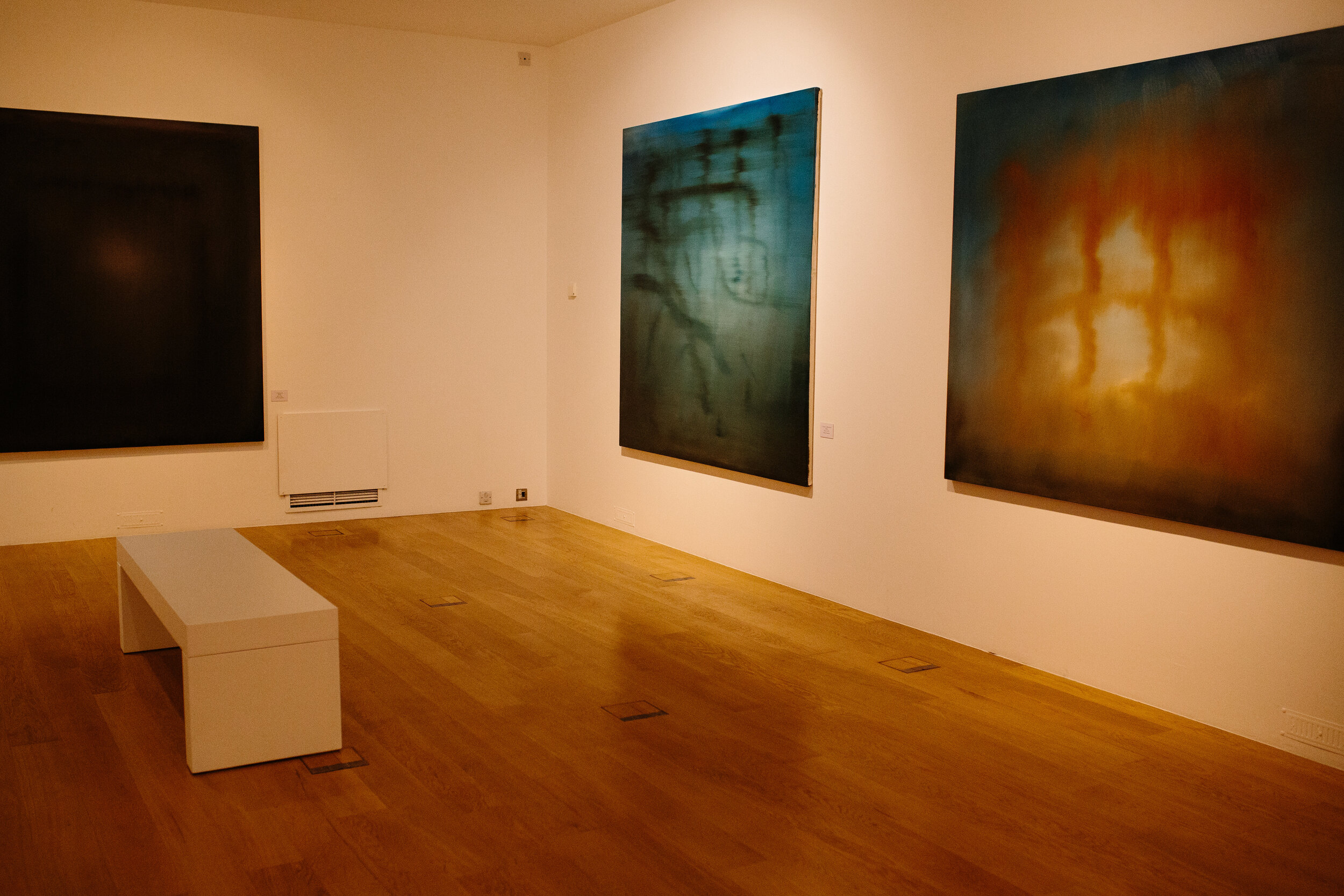Biography:
William Foyle is a painter, printmaker and filmmaker, born in Scotland in 1993.
Foyle’s early life was immersed in music, but it was in painting that he found expression for the world around him. As a professional painter he has travelled extensively throughout the British Isles and Europe as a resource for his work. Poetry, Film, cinematography and photography are also all sources of inspiration for the artist.
At Foyle’s first solo exhibition in London in 2012, Sir Timothy Clifford (1978–1984, Director, Manchester City Art Galleries,1984 -2006, Director, National Galleries of Scotland.) described Foyle as ‘fascinating, with a future worth watching’, and his second solo show at the RCA in 2015, London , Foyle was heralded as the ‘Francis Bacon of tomorrow’. One of the greatest endorsements of his work is an early self-portrait which was purchased in 2016 by the Ruth Borchard Self Portrait Collection, and more recently a painting from Foyle’s ‘Holocaust series’ was on loan to the Russian Holocaust Museum and Tolerance Centre, Moscow in 2020 as part of an exhibition to mark the 75th Anniversary of the liberation of concentrations camps in Eastern Europe.
His recent work has often been described as ‘dreamscapes’ rather than landscapes; enigmatic, verging on the abstract, they are paintings that capture the essence of a place, its atmostphere and emotion, romantic images that are hypnotic. Foyle manages to illuminate his landscapes with a rendering of light that charge his scenes with a tempest of emotion ,eliciting a sense of longing and mystery for the viewer and producing a meditative response. They leave in their wake an emotional and academic impact. Themes of history, identity, memory and most importantly humanity all remain at the core of the artist’s work.
Landscapes painted since 2016 have been described as having been reduced to their essentials and are imbued with the people who make them and pass through them, through whose eyes they are seen and interpreted, with their pain, hope and redemption, calling to mind the vast movements of people passing over innumerable invisible borders creating a palimpsest of ethnicities and cultures that refuse to be confined by imposed boundaries.
The artist currently lives and works between London and the Scottish Borders.
Photograph by Rose de Castellane


















